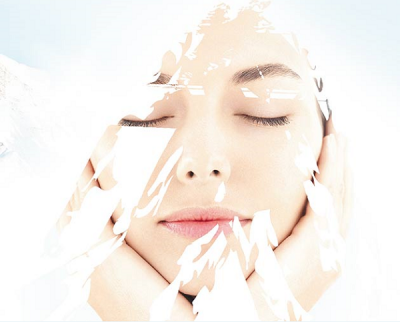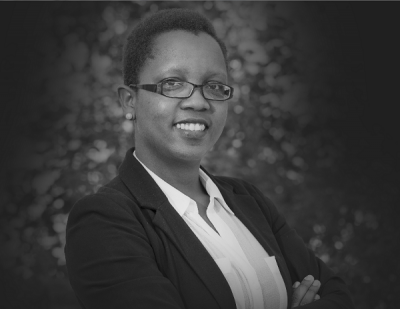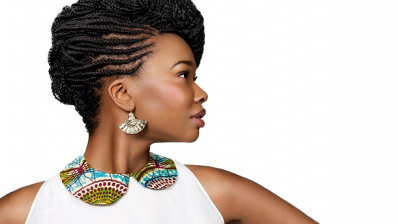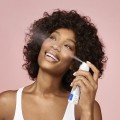L’Oréal targets African middle class, but it won’t be an easy ride
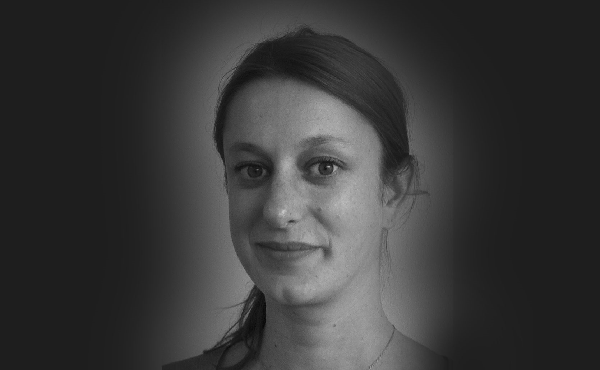
Investors targeting the African beauty market are hoping that fast economic development and a growing middle class could mirror the economic miracle already seen in China, but just how likely is that?
Although it is still early days, the foundations are in place in many urban areas in the more developed African nations for the middle class to thrive and feed consumer spend.
Chasing the booming middle class
L’Oréal has expressed its intention to maintain and grow its position as the leading cosmetics player in the Sub-Saharan market and predictions suggest that the African middle class population will reach 1 billion by 2060.
Indeed, the strategy to develop the market is already in place. And it’s working. In 2015 the company’s African and Middle East division saw reported sales growth of 12.1% to €727.9 million, representing the biggest growth of any of its six global regions.
The company’s recently published Monthly Digest included an interview with Clélie Nallet, a professor of political science specialising in Africa’s middle classes, who has been sharing her expertise with L’Oréal’s strategists.
Economic diversification and urbanisation are key
Analysing the dynamics of the African middle class, Nallet sees two primary factors, namely the diversification of the economy beyond oil, gas and minerals and urbanisation rates.
“Industry is gradually developing, but it is the service sector that is drawing in investors,” Nallet said in the L’Oreal Monthy Digest interview.
She points to the fact that current OECD statistics estimate an urbanization rate of 40% across the entire continent, and is fast growing, while evidence of this growth can be seen from the development of major retail outlets in the bigger cities.
“While they remain expensive and although shopping there is still mainly the preserve of the elite, the malls springing up around Sub-Saharan Africa are a significant development,” Nallet added.
Forget the China economic miracle in Africa
But if beauty investors in the region are hoping for that China-style economic miracle, they may be disappointed.
Statistics from the African Development Bank (AfDB) show that about one-third of all Africans, which amounts to about 300 million people, are living of daily per capital income of $12 to $15 – spending power that would give these individual a clear middle class status.
However, Nallet believes this estimation is optimistic and believes that currently the daily per capital income range for the African middle class is more like $2 to $20.
“The problem with the AfDB’s approach is that it captures an essentially floating middle class”, she said, adding that she prefers to use the term “middle classes” or “moderately prosperous” people because the African middle class is not fully formed yet and continues to defy categorization,” she said.
In addition, the continent’s middle class also faces a number of challenges to its continued growth and stability, namely the fact that inflation in capital cities continues to make housing hard to come by, while political apathy means many African’s still lack a political voice or rights.
Still moving in the right direction
However, despite the socio-economic challenges facing the African middle class, Nallet still believes that things are moving in the right direction in Africa, something that is evinced by South Africa, Kenya and Nigeria, which have all seen huge economic growth in recent years.
And with many African countries, such as Ethiopia and Mozambique reporting economic growth at or above 10%, there still seem to be many opportunities for cosmetics and personal care players.
“Cosmetics are excellent examples of ‘affordable’ consumer products that appeal to the new middle classes, who want to treat themselves.” Nallet said, adding her that: “Local, cheaper and better adapted brands thrive”.
